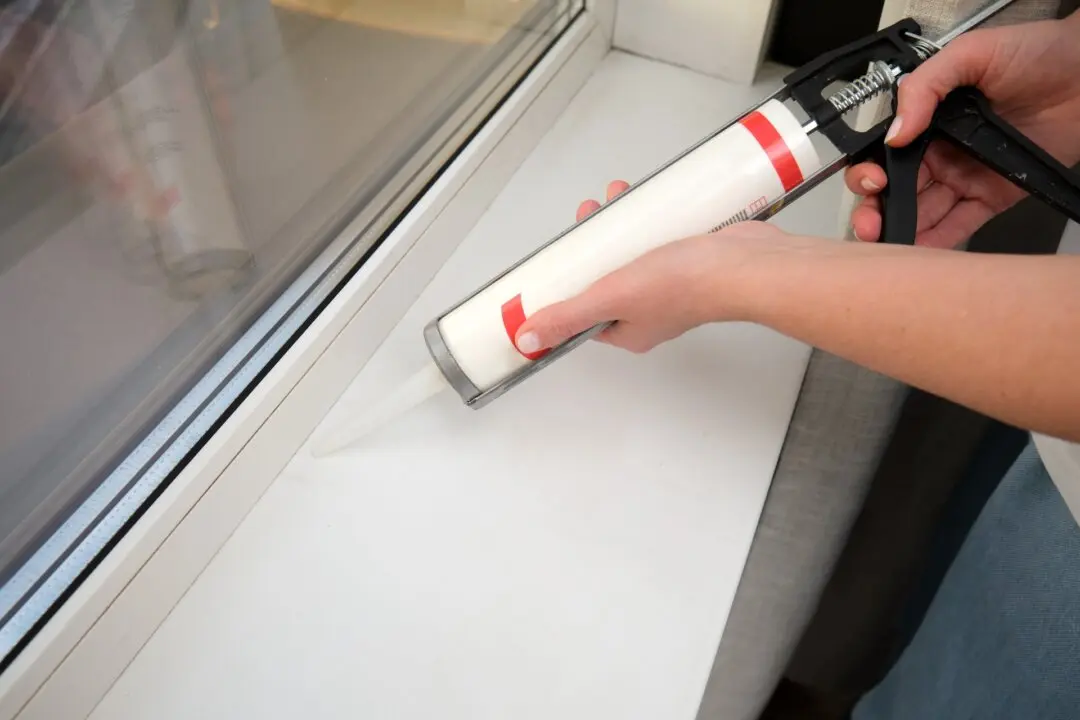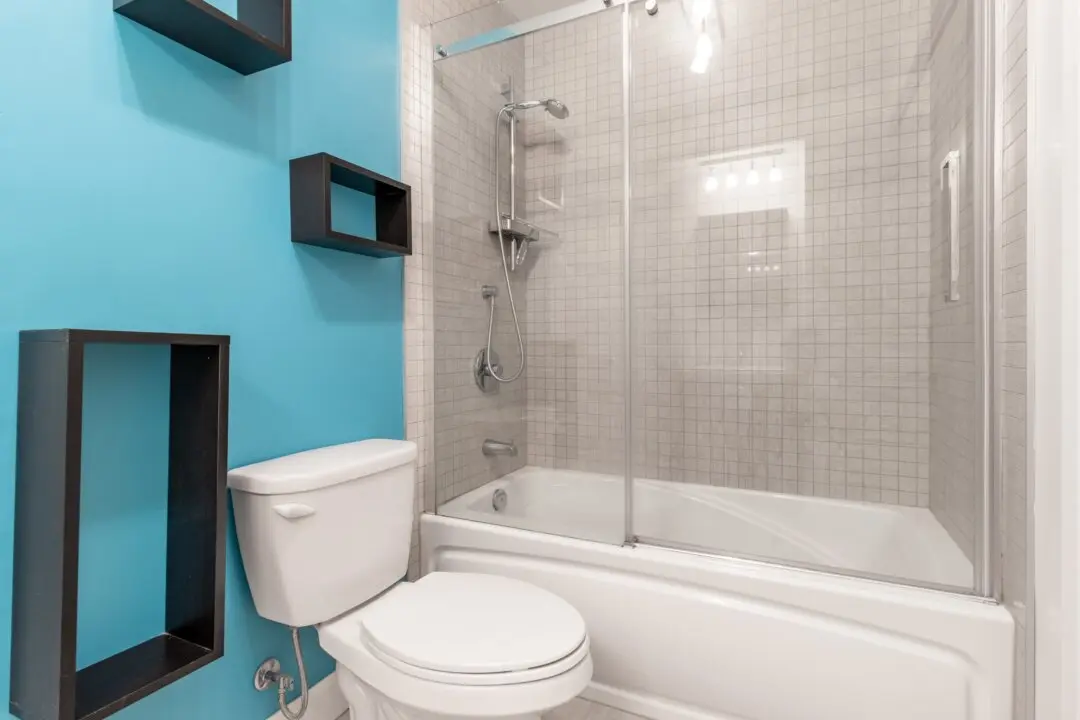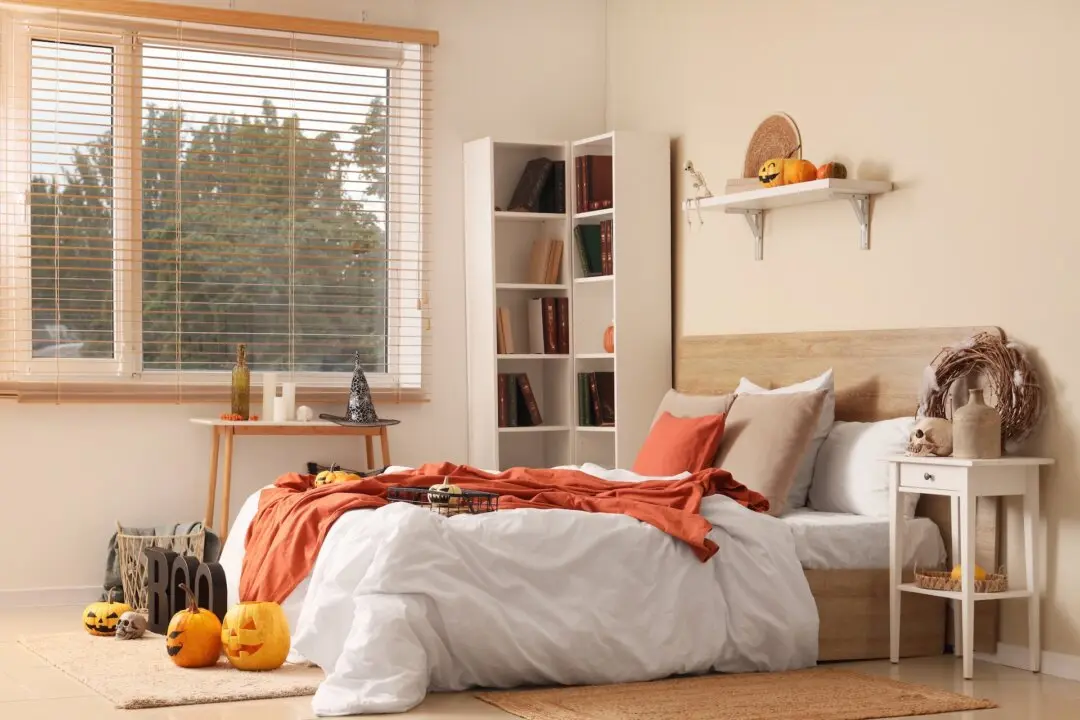Dear James: Our ugly old kitchen cabinets are falling apart, so I want to try to make my own. What are the best wood joint designs to use so they hold up better?—Chris P.
Dear Chris: Making your own kitchen cabinets is a great project in which you can express your own individuality and personality. Even if you have to go out and buy some new woodworking tools for this project, you will definitely save money compared with buying new kitchen cabinets.





